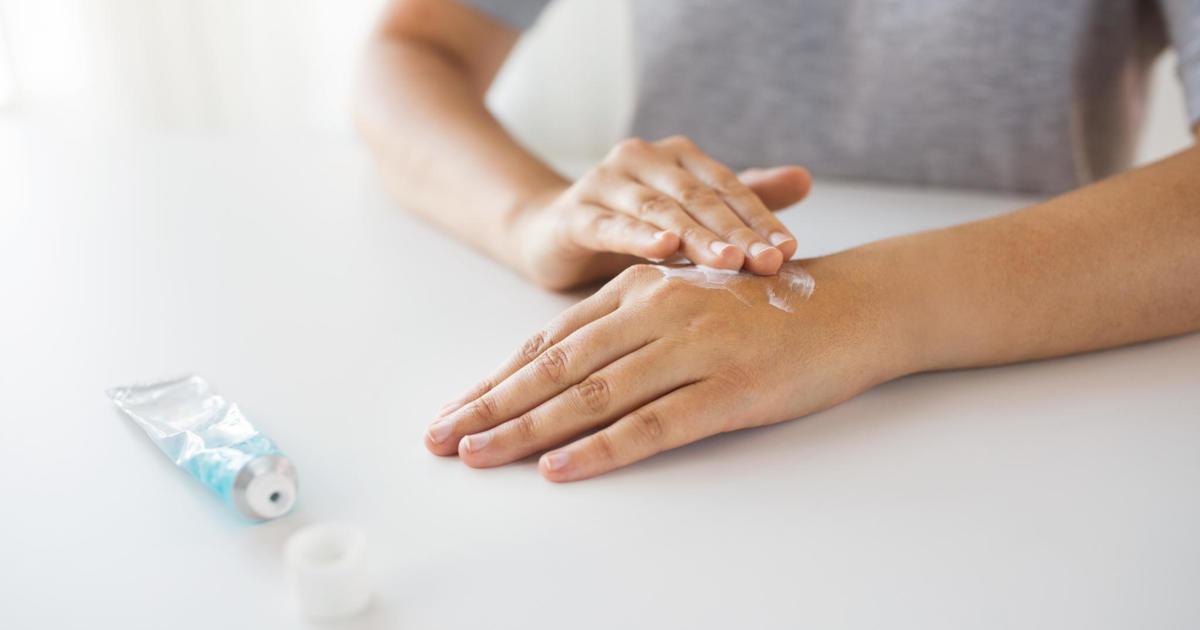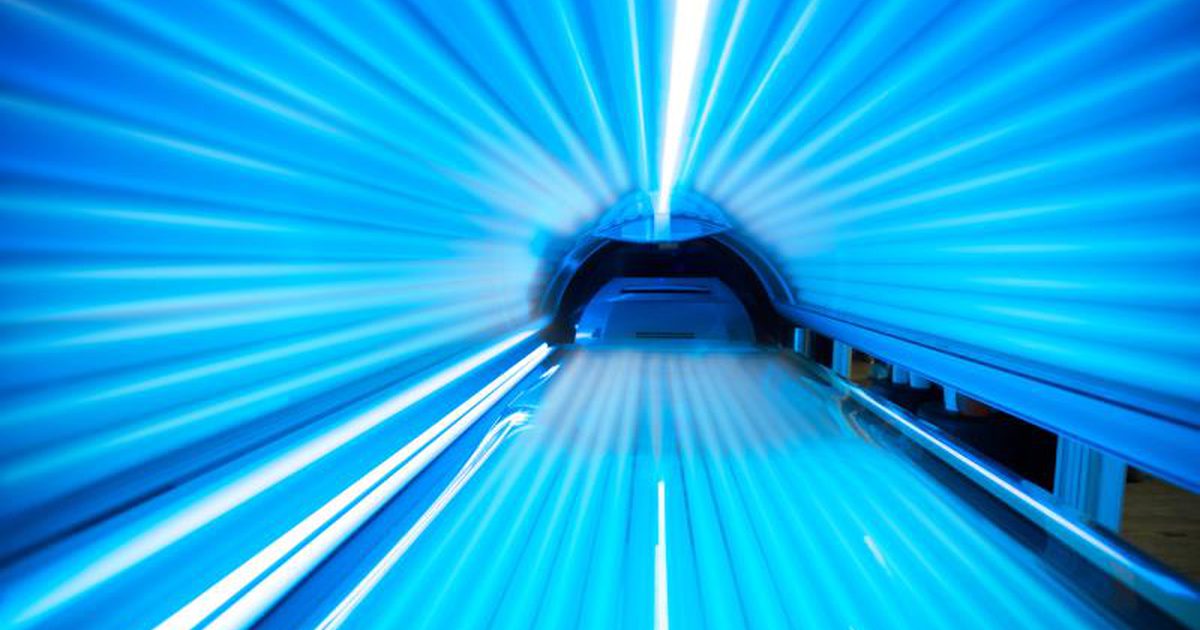Guide To Treating Dyshidrotic Eczema
Dyshidrotic eczema is a skin condition most often found in adults between twenty and forty years old. In this condition, the hands and feet are most affected, with blisters breaking out that cause intense itching and usually last for three to four weeks. These blisters may also cause pain accompanied by flaky or cracked skin. Scratching these itchy areas is discouraged, but resisting scratching can be difficult to impossible at times. Proper home care can help hydrate the skin, ease itching, and prevent infection caused by scratching. If home care remedies are not effective enough, proper medical care from a qualified care provider will be essential to control the symptoms and avoid complications such as skin infections.
Learn more about treating dyshidrotic eczema now.
Apply Medicated Ointment

Whether the outbreak of dyshidrotic eczema is mild or severe, one way to keep it under control and resolve it sooner is to apply medicated ointment. Ointments are believed to be more effective than moisturizing lotions because the water in lotions tends to evaporate quickly. Over-the-counter medicated ointments contain anti-itch ingredients such as loratadine and diphenhydramine. Using a high-potency corticosteroid ointment on dyshidrotic eczema can hasten the resolution of the blisters and avoid skin damage caused by prolonged scratching. Applying a moist compress or wrapping the treated area in plastic wrap can help with the absorption of the ointment and make it more effective. In extremely refractory cases, medicated ointments with immune-suppressing qualities may be prescribed. Two of these ointments are tacrolimus and pimecrolimus. These carry a side effect of increased risk of a skin infection, and thus are only used in rare cases of dyshidrotic eczema.
Keep reading to learn about a treatment for dyshidrotic eczema involving light next.
Ultraviolet Light Treatment

Ultraviolet light treatment is used to treat nummular eczema, dyshidrotic eczema, atopic dermatitis, contact dermatitis, and seborrheic dermatitis. For cases where eczema covers a large portion of the body or localized eczema, such as an outbreak confined to the hands and feet, not responding to other treatments, ultraviolet light treatment may be prescribed. If other treatments do not bring dyshidrotic eczema into remission, a regimen of light treatments combined with medications to help the skin respond positively is often attempted.
Narrowband ultraviolet light is often used for treating dyshidrotic eczema. A machine is used to apply UVB (the most effective part of sunlight for treating any type of eczema) to the area of the outbreak. Phototherapy (UVB treatment) increases vitamin D production, calms inflammation, relieves itching, and boosts systems in the skin that fight bacteria. UVB light therapy produces results slower than other forms of treatment. It might take one to two months to see results, after which time the treatments are usually decreased to one or two per week until discontinued. Approximately seventy percent of patients show improvement with phototherapy, and some go into remission that lasts long after the treatments are discontinued.
Get the details on how patients can deal with the blisters involved with dyshidrotic eczema next.
